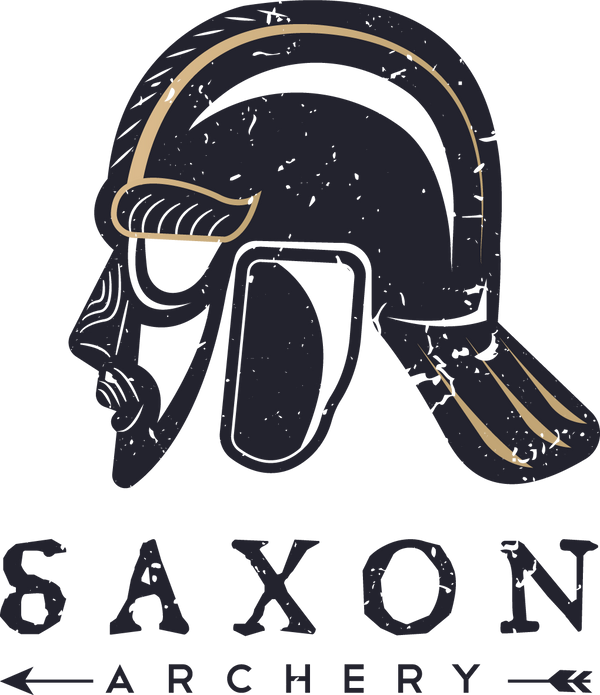Types of Suitable Bow woods Available
Not all woods are created equal when it comes to bow making. Over time societies have become adept at identifying the best woods for making bows. This was probably a trial and error process that quickly eliminated substandard tree species. As a rule hardwoods make better bows than the soft woods, such as pine. However, the premier of bow woods, Yew is an exception as it is taxonomically classified as a soft wood.

So what are the properties that denote a species suitable for fashioning a serviceable bow? A decent bow wood should be able to bend without breaking. Seems simple enough. In technical terms there are two variables that need to be taken into account: the wood’s modulus of elasticity (MOE) and the modulus of rupture (MOR). The MOE and the MOR are expressed as an arbitrary number system. The higher the MOE the more difficult it is to bend the wood. The higher the MOR the more difficult it is to break the wood. On the basis of these two criteria alone the best woods tend to have a low MOE and a high MOR.
According to these physical measurements, yew and Osage Orange are clear leaders when it comes to making a bow. Ash, hickory, red oak, hard maple and Elm make decent bows. The wood from several fruit trees can be used, such as Apple and Cherry. In fact, you can make a bow from any wood species, although to be fair most will not be very useful and prone to fracture.
I need to make an important point: the above advice is directed to self bows only. That is, bows made from a single piece of wood. Many modern bows consist of a bow laminate with several wood types glued together to form a bilaminate or trilaminate.In this way the bowyer is able to exploit the innate qualities of the various wood species to obtain the best result. Bamboo is often used in the mix as it is very good in flexion. However, bamboo (there are many species) is actually a species of grass.
For completeness I would like to mention fibreglass. Many modern bowyers utilise this synthetic material when making bows. It generally overlays a core of wood on both sides. In this way an indifferent bow wood can be made to work due to the wonderful bending power of fibre glass.

Here at Saxon Archery we have handcrafted bows made from the woods described above, as well as fully fibreglass bows for those wanting a more affordable (but just as strong) option.
